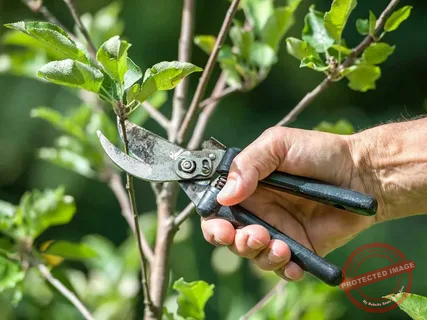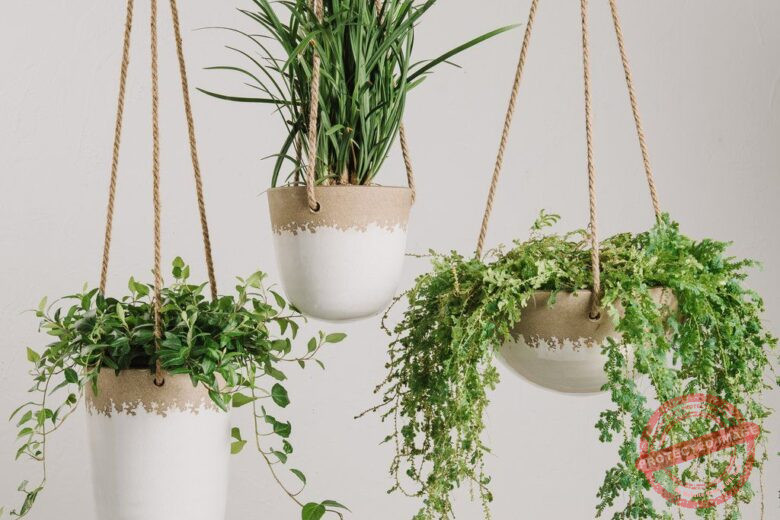In recent years, the United Arab Emirates (UAE) has emerged as a pioneer in sustainable agriculture practices, with a particular focus on vertical farming. This innovative approach to farming is gaining popularity due to its ability to maximize crop yield in limited spaces while minimizing resource consumption. In this comprehensive guide, we will walk you through the process of vertical farming in the UAE, step by step.
Vertical farming is a revolutionary agricultural technique that involves cultivating crops in stacked layers or vertically inclined surfaces. Unlike traditional farming methods, vertical farming doesn’t rely on vast expanses of land. Instead, it maximizes space utilization by growing plants in controlled environments, often indoors or in urban areas.
A Step-by-Step Guide to Vertical Farming in the UAE
Step 1: Selecting the Right Location
Choosing the right location is crucial for the success of your vertical farm. In the UAE, consider factors such as temperature, humidity, and proximity to markets when selecting a site. Many vertical farms in the UAE are located in urban areas, ensuring easy access to consumers.
Step 2: Choosing the Ideal Crops
Selecting the right crops depends on market demand and climatic conditions. In the UAE, leafy greens, herbs, and small fruits are popular choices due to their suitability for vertical farming.
Step 3: Setting Up the Vertical Farming Structure
Vertical farming structures can vary, including shelves, racks, or towers. Ensure proper spacing between layers to allow plants to grow efficiently. Utilize hydroponic or aeroponic systems for optimum results.
Step 4: Environmental Control Systems
Maintaining precise environmental conditions is essential. Invest in temperature and humidity control systems to mimic the ideal climate for your chosen crops.
Step 5: Lighting and Irrigation
Vertical farms often rely on artificial lighting to supplement natural sunlight. LED grow lights are energy-efficient and effective for plant growth. Implement an efficient irrigation system to deliver water and nutrients to your crops.
Step 6: Nutrient Management
In a vertical farm, nutrient management is critical. Use nutrient-rich solutions and regularly monitor nutrient levels to ensure healthy plant growth.
Step 7: Pest Control
Prevent pest infestations through careful monitoring and integrated pest management techniques. Minimize the use of pesticides to maintain a clean and sustainable farming environment.
Step 8: Monitoring and Data Analysis
Leverage technology to monitor plant growth, environmental conditions, and nutrient levels. Data analysis can help you fine-tune your farming processes for optimal results.
Step 9: Harvesting and Post-Harvest Handling
Harvesting should be done at the right maturity stage to ensure the best quality produce. Implement proper post-harvest handling techniques to preserve freshness.
Sustainability Practices
Embrace sustainable practices such as recycling water, using renewable energy sources, and reducing waste to make your vertical farm eco-friendly.
Regulations and Permits
Comply with local regulations and obtain the necessary permits to operate a vertical farm in the UAE. Ensure you meet safety and quality standards.
Cost Analysis
Calculate the initial investment, operational costs, and potential profits of your vertical farm. This step is crucial for long-term sustainability.
Is vertical farming sustainable in the UAE’s arid climate?
Vertical farming can be sustainable in the UAE when using controlled environments and efficient resource management systems.
What crops are best suited for vertical farming in the UAE?
Leafy greens, herbs, and small fruits are commonly grown crops in UAE vertical farms.
How can I obtain permits for a vertical farm in the UAE?
Contact local agricultural authorities for guidance on obtaining the necessary permits and meeting regulatory requirements.
Are there any government incentives for vertical farming in the UAE?
The UAE government has shown support for sustainable agriculture and may offer incentives; it’s advisable to research current programs.
What is the average return on investment for a vertical farm in the UAE?
ROI can vary based on several factors, including crop choice and operational efficiency; a detailed cost analysis is essential.
Vertical Farming in UAE Price:
The price of setting up a vertical farm in the UAE can vary significantly depending on factors such as location, size, and technology used. Generally, expect initial investments for infrastructure, equipment, and systems to range from several thousand to millions of dirhams. Ongoing operational costs will also impact the overall price.
Vertical Farming in UAE Cost:
The cost of operating a vertical farm in the UAE includes expenses for energy, water, nutrients, labor, and maintenance. While it may seem high compared to traditional farming, vertical farming’s potential for higher yields and resource efficiency can lead to long-term cost savings and sustainability.
Best Vertical Farming in UAE:
Determining the “best” vertical farm in the UAE can be subjective, as it depends on various factors like crop selection, technology, and goals. Some notable vertical farms in the UAE include Badia Farms, Madar Farms, and Emirates Hydroponics Farms, each excelling in their own right.
List of Hydroponic Farms in UAE:
- Badia Farms
- Madar Farms
- Emirates Hydroponics Farms
- Pegasus Agriculture
- Greenheart UAE
- Smart Acres
Vegetable Farms in UAE:
UAE has several vegetable farms, both traditional and vertical. Some popular vegetable farms in the UAE include Emirates Hydroponics Farms, Greenheart UAE, and Pure Harvest Smart Farms.
Vertical Farming in Dubai:
Dubai, as a part of the UAE, has embraced vertical farming as a sustainable agricultural solution. Vertical farms like Badia Farms and Madar Farms are making significant strides in Dubai’s urban agriculture scene.
Agriculture Farms in UAE:
Apart from vertical and hydroponic farms, the UAE also has traditional agriculture farms, mainly in the Al Ain region. These farms produce a variety of crops and play a crucial role in the country’s food security.
AeroFarms UAE:
AeroFarms is a leading vertical farming company known for its innovative approach to urban agriculture. While not based in the UAE, they have a global presence and contribute to the advancement of vertical farming worldwide.
Conclusion
Vertical farming in the UAE offers an exciting opportunity to revolutionize agriculture and contribute to food security in the region. By following this step-by-step guide, you can embark on a journey towards sustainable farming and make a positive impact on the environment.



